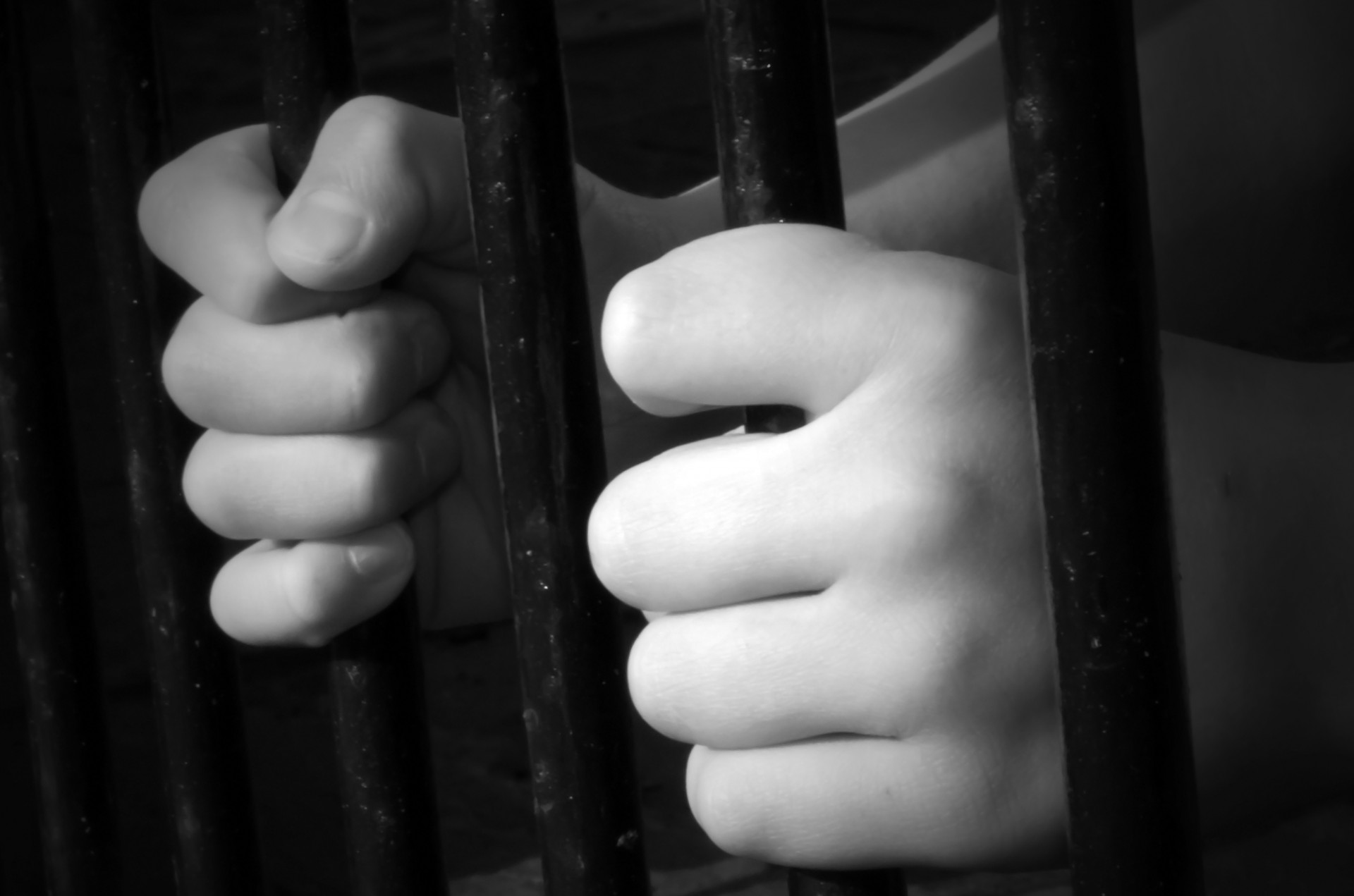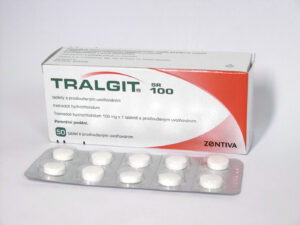Human Trafficking Awareness – Human trafficking is a grave violation of human rights that affects millions of people worldwide. This article aims to raise awareness about human trafficking, shedding light on its various aspects and emphasizing the importance of combating this heinous crime. By understanding the complexities of human trafficking and actively participating in awareness campaigns, we can contribute to the fight against this global problem.
Introduction
Human trafficking involves the recruitment, transportation, transfer, harboring, or receipt of individuals through force, coercion, or deception, for the purpose of exploitation. It is a multi-dimensional issue that thrives on vulnerability and inequality. Raising awareness about human trafficking is crucial to protect individuals from falling victim to this crime and to empower communities to take a stand against it.
Understanding Human Trafficking
To effectively combat human trafficking, it is essential to grasp the different forms it takes and the magnitude of its occurrence. Human trafficking can involve forced labor, sexual exploitation, and organ trafficking. According to the International Labour Organization (ILO), an estimated 25 million people are trapped in forced labor globally, with millions more being exploited in the sex trade.
Vulnerable populations, such as migrants, refugees, and children, are often targeted by traffickers. Poverty, lack of education, political instability, and gender inequality contribute to their susceptibility. Understanding these factors helps identify the root causes of human trafficking and facilitates the development of preventive measures.
Factors Contributing to Human Trafficking
One of the primary drivers of human trafficking is poverty and economic disparities. People living in impoverished conditions are more likely to seek better opportunities elsewhere, making them vulnerable to exploitation. Lack of education also plays a significant role, as it limits individuals’ knowledge of their rights and exposes them to manipulative tactics.
Political instability and conflict create an environment conducive to human trafficking. Displaced populations, disrupted social structures, and weakened law enforcement systems provide traffickers with opportunities to operate with impunity. Additionally, gender inequality and discrimination further exacerbate the vulnerability of women and girls, who make up a significant proportion of trafficking victims.
The Impact of Human Trafficking
The consequences of human trafficking are profound and affect individuals, communities, and societies at large. Victims endure physical and psychological abuse, often suffering from severe trauma. Their rights are violated, and they are denied their basic human dignity. Moreover, human trafficking perpetuates cycles of poverty and hinders social and economic development.
The socioeconomic implications of human trafficking are far-reaching. Illicit profits generated by traffickers fuel organized crime networks, undermining the rule of law. This, in turn, weakens economies and fosters corruption. Additionally, human trafficking poses significant public health risks, as victims are often subjected to unsanitary conditions, lack of healthcare, and exposure to infectious diseases.
Initiatives and Organizations Combatting Human Trafficking
Numerous initiatives and organizations are dedicated to combating human trafficking and supporting victims. International efforts, such as the United Nations’ Global Plan of Action to Combat Trafficking in Persons, provide a framework for coordinated responses. Non-governmental organizations (NGOs) play a crucial role in prevention, protection, and rehabilitation efforts.
Governments also play a vital role in combating human trafficking through policy and legislation. Many countries have enacted laws and established specialized law enforcement units to investigate and prosecute traffickers. Collaboration between governments, NGOs, and international bodies is essential to effectively address the complex nature of human trafficking.
Role of Media and Technology in Human Trafficking Awareness
The media and technology platforms have a significant impact on raising awareness about human trafficking. Social media channels, such as Facebook, Twitter, and Instagram, provide avenues for spreading information, organizing campaigns, and mobilizing support. Online resources, including websites and mobile applications, offer educational materials, hotline numbers, and tools for reporting suspicious activities.
The media’s portrayal of human trafficking in movies, documentaries, and news articles shapes public perception and understanding of the issue. Responsible and accurate reporting can help dispel myths, challenge stereotypes, and foster empathy. By leveraging the power of media and technology, we can reach a broader audience and engage them in the fight against human trafficking.
Steps Individuals Can Take to Raise Awareness
Raising awareness about human trafficking starts with individual action. By taking the following steps, each person can contribute to the fight against this crime:
- Educate oneself about human trafficking, its causes, and its impact.
- Support and volunteer with organizations working to combat human trafficking.
- Advocate for policy changes that prioritize the protection of vulnerable populations and the prosecution of traffickers.
- Engage in conversations and spread awareness in communities, schools, workplaces, and social circles.
- Report any suspicious activities or potential cases of human trafficking to the appropriate authorities or hotlines.
Conclusion
Human trafficking is a global issue that requires collective efforts to eradicate. By increasing awareness and understanding, supporting initiatives and organizations, and advocating for change, we can help protect vulnerable individuals and ensure that traffickers face justice. Let us stand together in the fight against human trafficking and work towards a world free from this horrific crime.
FAQs (Frequently Asked Questions)
Q1. What are the signs that someone may be a victim of human trafficking?
A1. Signs of human trafficking include restricted freedom, visible injuries, signs of physical or sexual abuse, fearfulness, and a lack of personal belongings or identification documents.
Q2. How can I identify and avoid supporting businesses involved in human trafficking?
A2. Research businesses before engaging with them. Look for transparency in their supply chains and support companies that have ethical sourcing practices and certifications.
Q3. Are men and boys also victims of human trafficking?
A3. Yes, men and boys can also be victims of human trafficking. While the majority of victims are women and girls, it is important not to overlook male victims and their specific needs.
Q4. How can I support survivors of human trafficking?
A4. Support survivors by donating to organizations that provide shelter, counseling, and rehabilitation services. Additionally, raise awareness about their experiences and advocate for their rights.
Q5. What are the long-term solutions to combat human trafficking?
A5. Long-term solutions include addressing root causes such as poverty, inequality, and lack of education. Strengthening law enforcement, promoting international cooperation, and engaging in prevention efforts are also crucial.




